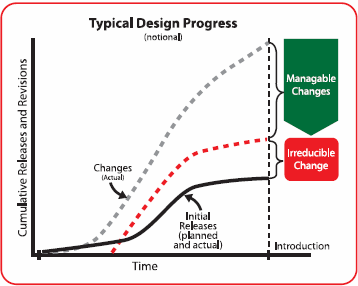While having effective digital tools is a requirement for lean product development success, it isn’t sufficient. Users also must build the right processes around the tools to take full advantage of their capabilities.
American Specialty Cars (ASC) is a classic example of how benefits multiply when the right tools are combined with the right processes. ASC was an established CATIA user when it developed the InfiniVu, a new open-air roof system for trucks and SUVs that ASC knew would be a big hit with automotive OEMs. To respond to anticipated demand for the system, ASC needed the ability to quickly morph the design to fit dozens of different vehicles.
“The good news was that we had the right tool,” says ASC Vice Chairman Chris P.
Theodore. “The bad news was that we weren’t using the tool right.” ASC worked with
DS Services to evaluate its processes and identify the best lean methodologies to apply. DS Services helped ASC recognize that the key to “using the tool right” was to capture ASC’s designs as re-usable templates and turbo-charge the power of those templates by using CATIA Knowledgeware to capture ASC’s engineering knowledge as rules. By investing that time up front ASC cut the time required to adapt the new vehicle design from 20 days to just one.
The 19 days saved represented waste in the ASC product development process; by leveraging the full potential of the Dassault Systèmes PLM solution ASC already used, that waste was eliminated. As a result, ASC was able to respond to OEM demand, which proved to be as high as the company had anticipated.

“If you multiply the savings that ASC achieved with one automotive system by the total number of systems in an automobile, an airplane, or another complex product, you get some idea of the full potential of applying lean principles to the product development process,” says Michel Tellier of Dassault Systèmes. “The changes ASC made in its processes not only saved time that allowed the company to meet demand. It also empowered ASC to deliver a design that is right first time, every time, and that becomes even better with each new system it delivers due to the ongoing accumulation of knowledge.”
